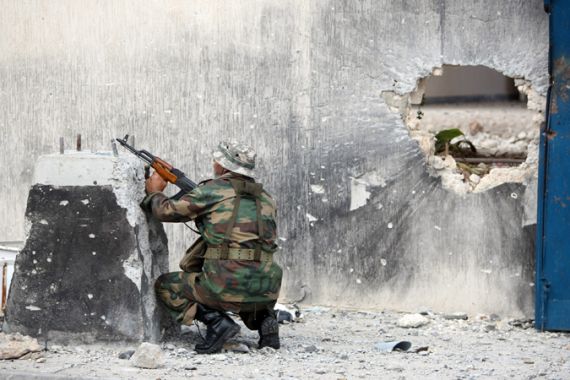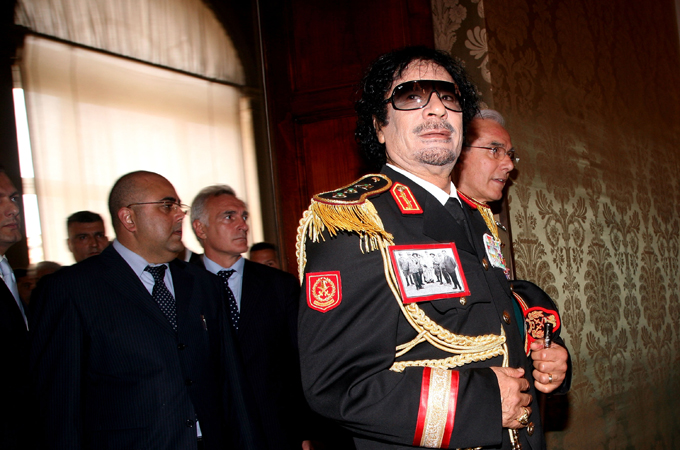The significance of the fall of Sirte
The capture of Muammar Gaddafi’s hometown triggers Libya’s countdown to a new system of government.

 |
|
Gaddafi grew up in Sirte, which had held out against an NTC siege for weeks GALLO/GETTY] |
Before it fell on Thursday afternoon, Sirte, the hometown of ousted Libyan leader Muammar Gaddafi, had been under siege by forces loyal to the National Transitional Council (NTC) since late August, after the fall of the capital Tripoli.
NTC officials and fighters continually declared the fall of Sirte imminent, but an unknown number of Gaddafi loyalists, likely numbering in the hundreds, held out for nearly two months.
On Thursday their mission and the source of their steadfastness became clear: Gaddafi himself was found hiding inside the town. In a series of events that remained shrouded in confusion in their immediate aftermath, NTC forces encountered Gaddafi and his entourage and opened fire, killing the longtime ruler.
Sirte rose under Gaddafi
Weeks of street fighting had delayed the NTC’s victory, claiming dozens of lives on both sides and sowing some anger among transitional forces who had converged on the city from east and west and did not always co-ordinate their operations, leading to incidents of friendly fire.
A town of less than 100,000 people, Sirte enjoyed the benefits of being Gaddafi’s hometown after the one-time Signal Corps officer seized power in 1969.
Gaddafi expanded the city’s infrastructure, and it was often the location for international and African conferences hosted by Gaddafi, who often styled himself the pre-eminent leader on the continent.
Journalists who visited Libya on tightly controlled government tours were often made to visit Sirte, staying in its plush hotels and attending its well-kept conference halls.
When parts of Libya first began to fall to protesters and rebels in February, Sirte remained firmly in regime hands.
Journalists who attempted to drive west from Benghazi, the de facto eastern rebel capital, were never able to pass the city, which sits astride the main coastal road. Some were detained and released when they tried.
After rebels in Misurata and the western Nafusa Mountains demonstrated their ability to hold territory against Gaddafi’s forces, Sirte assumed less importance, with opposition forces secure in western strongholds and Benghazi.
After the fall of Tripoli in August, officials and fighters in the NTC assumed that some members of the Gaddafi regime, and perhaps his family, had fled to Sirte, in addition to the towns of Bani Walid and Sabha, in the south.
Three of Gaddafi’s prominent sons – Saif al-Islam, Saadi and Mutassim – as well as his military intelligence chief, Abdullah al-Senussi, have remained at large since Tripoli’s fall. Saif and Senussi are all wanted by the International Criminal Court; Gaddafi was as well.
Earlier in October, NTC sources claimed that Mutassim, once Gaddafi’s national security adviser, had been captured in Sirte, but that claim was false.
Over the course of NATO’s air campaign in Libya, they struck dozens of bunkers, tanks, command-and-control centers, and mobile anti-aircraft sites in and around Sirte.
After NTC fighters entered the city and began street-to-street fighting, NATO close-air support became impossible.
Now that Sirte has been taken, the NTC will likely declare the “liberation” of the country – an officialy declaration they said they would only make the moment the city fell.
That declaration sets in motion a series of electoral events; according to the interim draft constitution, which has not been subject to vote or official approval, Libya is to have elections within eight months after putting a constitution to a public vote.